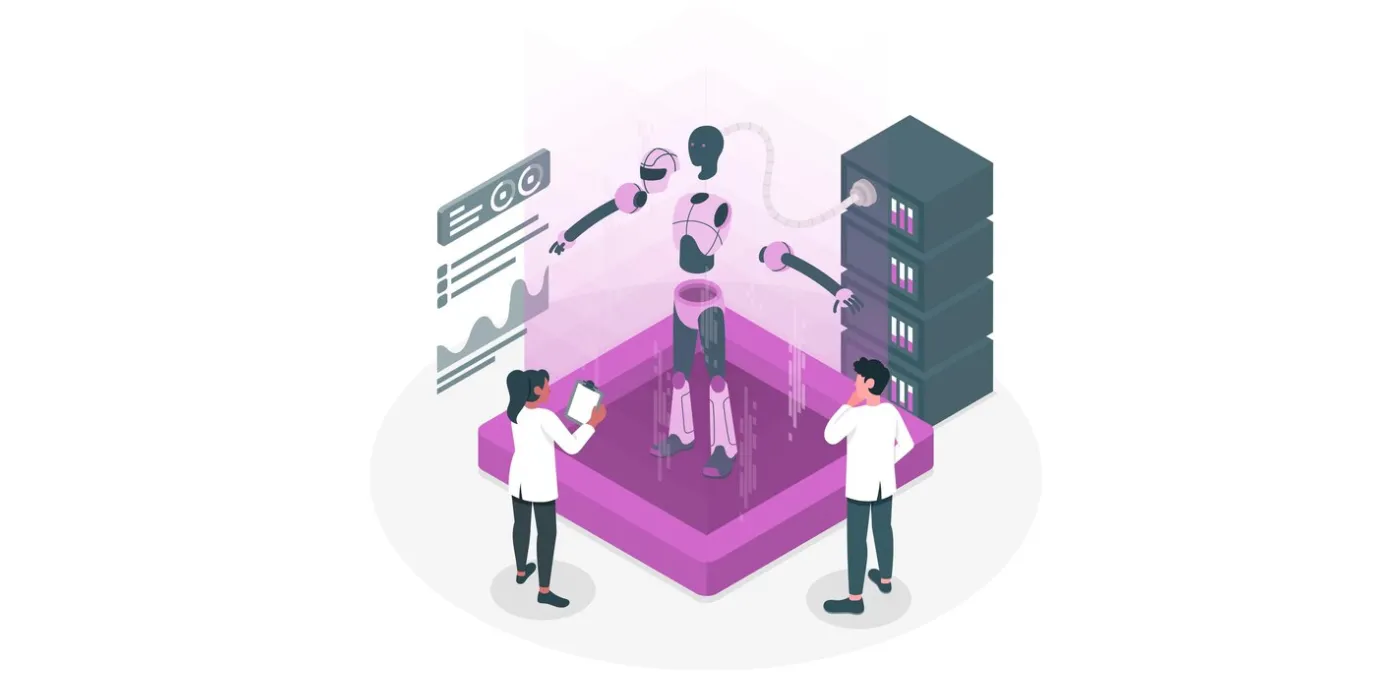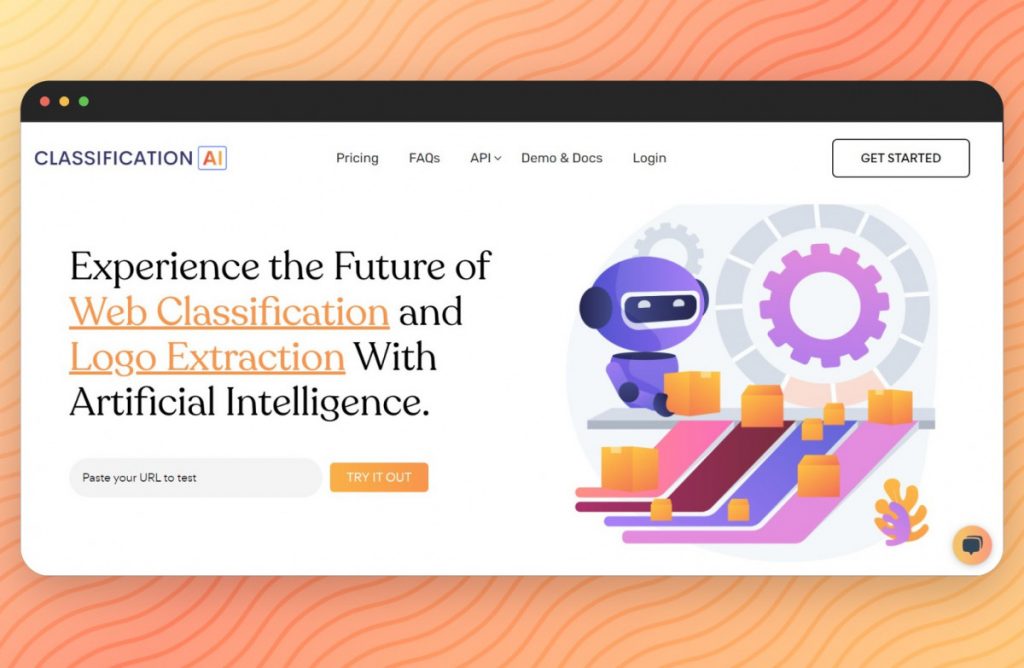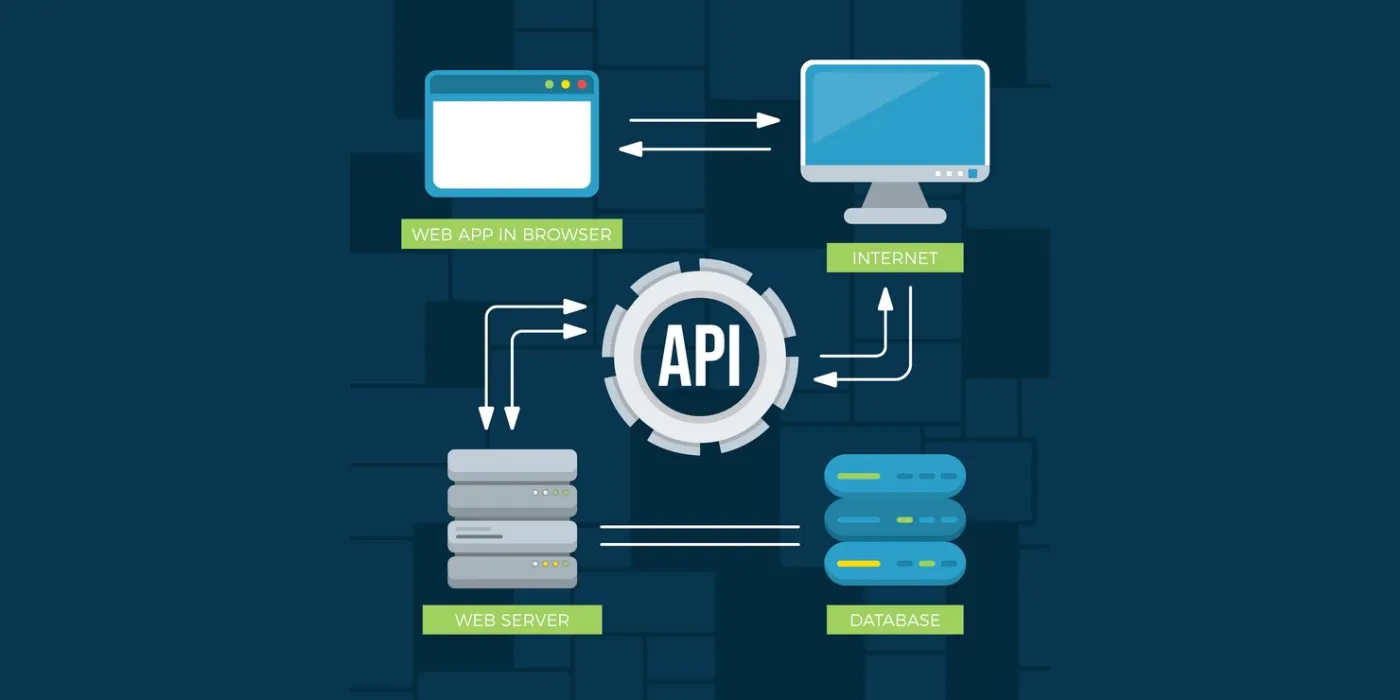Communication plays a vital role in every aspect of our lives, whether it’s personal or professional. With the advent of digital communication tools, the volume of communication data has skyrocketed. To make sense of this vast amount of data and streamline communication processes, businesses are turning to Artificial Intelligence (AI). One of the key technologies that enable efficient communication data handling is the AI Classification API. In this article, we will explore how this powerful tool can streamline communication data and enhance productivity.
Understanding AI Classification

AI Classification is a technique that involves categorizing data into different classes or categories based on specific criteria. It utilizes machine learning algorithms to train models that can accurately classify new, unseen data. In the context of communication data, AI Classification can be used to categorize emails, chat messages, or any other textual data. This enables businesses to organize and manage communication data effectively, leading to improved efficiency and productivity.
The Power of AI Classification API
The AI Classification API provides a simple yet powerful way to integrate AI Classification capabilities into communication systems and tools. It offers a range of benefits that can greatly streamline communication data. Let’s delve into some of the key advantages of using the AI Classification API:
1. Automated Email Organization
Email overload is a common challenge faced by individuals and businesses. AI Classification API can be used to automatically categorize incoming emails based on their content, such as “urgent,” “important,” or “low priority.” This allows users to prioritize and respond to emails more efficiently, leading to better time management and increased productivity. By automating email organization, businesses can ensure that critical messages are not missed and non-essential emails are appropriately handled.
2. Efficient Chat Message Routing
In a business setting, efficient communication within teams and departments is crucial. AI Classification API can analyze chat messages and classify them based on their content or topic. This enables businesses to route messages to the appropriate teams or individuals, ensuring that the right people are involved in the conversation. By streamlining chat message routing, businesses can improve collaboration, reduce miscommunication, and accelerate decision-making processes.
3. Sentiment Analysis for Customer Support
Understanding customer sentiment is essential for providing excellent customer support. AI Classification API can be employed to analyze customer support tickets, chat transcripts, or social media interactions and classify them based on sentiment (positive, negative, or neutral). This enables businesses to identify customer dissatisfaction or issues quickly and prioritize their responses accordingly. By streamlining sentiment analysis, businesses can enhance customer satisfaction and loyalty.
4. Spam and Fraud Detection
In the digital world, spam emails and fraudulent messages are persistent threats. AI Classification API can be utilized to automatically classify incoming messages as either legitimate or spam/fraudulent based on their content or patterns. This helps businesses filter out unwanted messages and protect users from potential scams or security risks. By streamlining spam and fraud detection, businesses can ensure a safer communication environment and save valuable time and resources.
5. Compliance and Data Protection
Data privacy and compliance regulations are becoming increasingly stringent. AI Classification API can assist businesses in automatically identifying sensitive or confidential information in communication data, such as personally identifiable information (PII) or financial data. This enables businesses to enforce data protection policies, monitor compliance, and prevent data breaches. By streamlining compliance and data protection measures, businesses can mitigate risks and maintain trust with their customers.
How to Implement AI Classification API
Implementing the AI Classification API into communication systems and tools is a straightforward process. Here are the key steps involved:
- Define Classification Categories: Determine the specific categories or classes that you want the AI Classification model to predict. For example, for email organization, the categories could be “urgent,” “important,” and “low priority.”
- Collect and Label Training Data: Gather a significant amount of labeled data that represents the different categories you want the model to classify. This labeled data will be used to train the AI Classification model.
- Train the AI Classification Model: Utilize machine learning techniques to train the model using the labeled training data. This involves feeding the data into the model and adjusting its parameters to optimize its predictive capabilities.
- Integrate the AI Classification API: Once the model is trained, integrate it into your communication system or tool using the AI Classification API. This typically involves making API calls to send new, unseen data to the model and receive the predicted category labels.
- Evaluate and Refine: Regularly evaluate the performance of the AI Classification model and refine it as needed. This may involve adding more labeled data, adjusting model parameters, or exploring different algorithms to improve accuracy and precision.
To make use of it, you must first:

- Go to AI Classification API and simply click on the button “GET STARTED” to start using the API.
- After signing up in Classification.ai, you’ll be given your personal API key. Using this one-of-a-kind combination of numbers and letters, you’ll be able to use, connect, and manage APIs!
- Employ the different API endpoints depending on what you are looking for.
- Once you meet your needed endpoint, make the API call by pressing the button “Run” and see the results on your screen.
Conclusion
The AI Classifications API offers businesses a powerful tool to streamline communication data and enhance productivity. By automating email organization, efficient chat message routing, sentiment analysis for customer support, spam and fraud detection, and compliance and data protection, businesses can optimize their communication processes and improve overall efficiency. With the straightforward implementation process, integrating the AI Classifications API into communication systems and tools is accessible to businesses of all sizes. Embracing AI Classification is the key to unlocking the full potential of communication data and taking productivity to new heights.
Read More: Real time categorization api for development purposes

